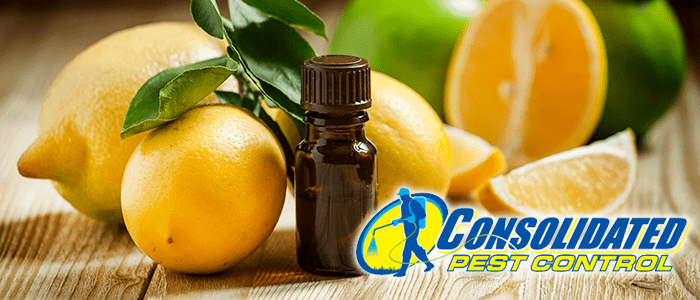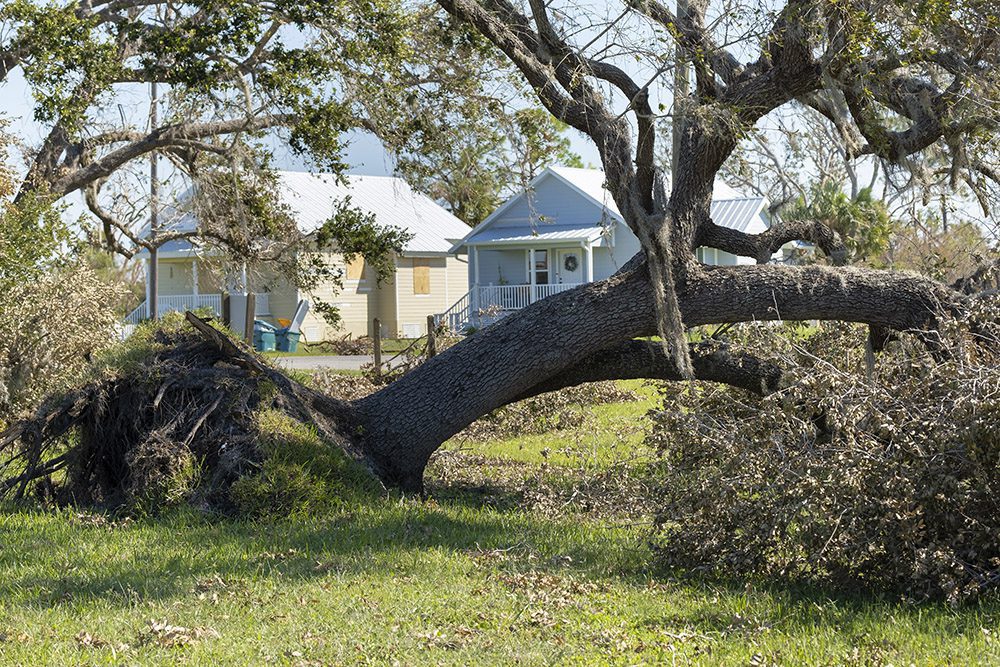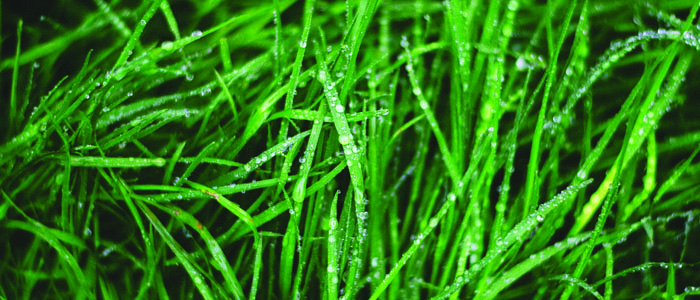
As long as we know, there have been pests. They have always disrupted our picnics and been found in our kitchen. Pests have tormented humans from time immemorial. Ever since humans started farming, pests have been a danger to the crops. That’s when humans started devising a way to repel and kill such harmful creatures. Read on to learn all about the history of pest control.
The Ancients
The earliest recorded instance of pest control of any sort is the ancient Sumerians. They would use a sulfur compound to kill insects. The ancient Greek civilization used fire as a way to chase off locusts to the sea. The Greek mathematician Pythagorus drained the marshes of a Sicilian town to clean malaria.
Chinese Technology & Advancements
In 1200 B.C., is when the advances really started happening. The Chinese started using insects against themselves. They used predatory ants to kill pests such as beetles and caterpillars, with an innovative system to help the ants. They would tie the adjacent branches together from the citrus trees so the ants could move to and from with ease and finish off the pests. By 300 B.C., the Chinese would discover a relationship between climate and biological phenomena. They started planting their crop according to the seasons to avoid pest attacks.
Two Steps Forward, One Step Back
Pest control was a successful thing until it reached Medieval Europe. These people believed pests and fleas were punishment from God. This caused a reversal in pest control. The strategies embraced found itself submerged in superstition. This continued until the Renaissance when people started viewing insects as a phenomenon of the natural world order that they could control rather than an agent to punish the humans for sinning.
Meanwhile…
Pest control continued advancing in civilizations of Asia during the middle ages. They started using lemon oil extract, wormwood, arsenic, and sulfur were found to be very useful in repelling insects. Following the scientific awakening infused by the European Renaissance, people started to observe insects for scientific purposes and were making observations. They developed detailed means to trap them. Soon after, scientists discovered that nicotine, certain herbs, and arsenic were great at repelling insects. These substances became major pest control substances of their age.
Victorian England
Soon though, the discovery of mechanical tools made the task much easier. Franz Bruckmann is the one who first invented the mechanical insect-trap in the early 1700s. Modern pest control was boosted when it reached Victorian England. The Victorian Flea Trap, developed in around 1840, was a very popular contraption in those times.
A New Century
During the 1900s, the use of pesticides to kill pests only gained popularity, thanks to the invention of various synthetic insecticides, such as DDT and herbicides. The development of organophosphates, or nerve gas, as used in World War II caught the interest of those who used insecticides. People thought it could have a side use as a pesticide because of its insecticidal properties. In the aftermath of the war, other chlorinated hydrocarbons and organophosphates came into widespread use as pesticides.
Modern Changes
The history of pest control has led us up to this point – with modern technology and innovation, we essentially have a pest control revolution. The harmful side effects of pesticides used around or on humans has now resulted in the creation of newer approaches, such as the use of biological, genetic, and other tactics to eliminate the ability of the pests to reproduce or to modify their behavior to make them less troublesome.








